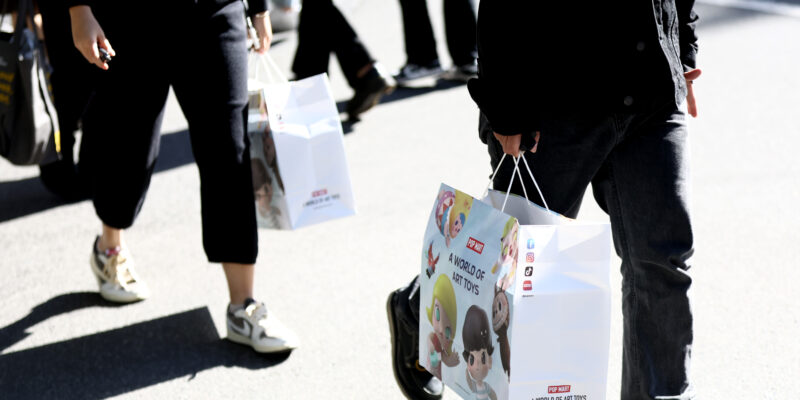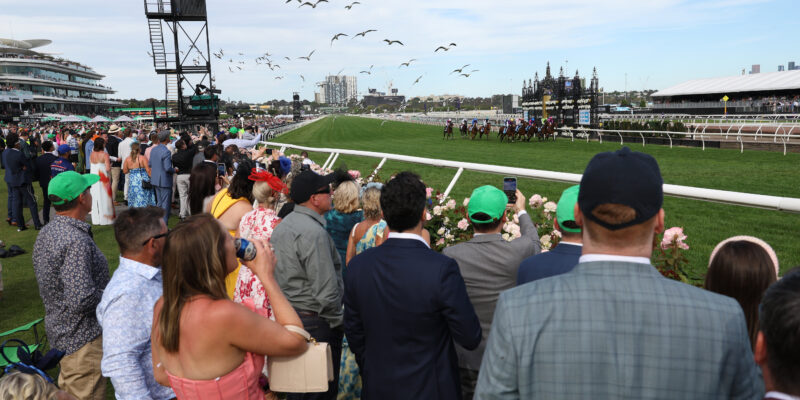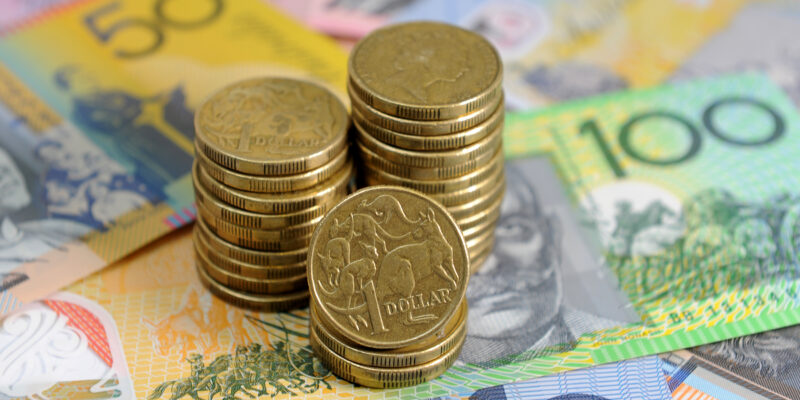Fall in public spending drives weak economic growth
Australia's economic growth weakened to 0.2 per cent in the March quarter, as the private sector struggles to pick up the slack from falling public demand.

A shaky public spending handover has stalled Australia’s post-COVID-19 recovery, with economic growth slowing to 0.2 per cent in the first three months of the year.
Economists had expected gross domestic product to expand 0.4 per cent, following a 0.6 per cent rise in the December quarter, but weaker-than-expected household consumption, business investment and public spending curtailed the economy’s progress.
Annual economic growth held steady at 1.3 per cent, the Australian Bureau of Statistics reported on Wednesday.
It means the economy would need to grow by 0.7 per cent in the June quarter to meet the Reserve Bank’s forecast of 1.8 per cent annual growth by the middle of this year.
An outcome below that would increase the chance of further interest rate cuts.

Economic growth was impacted negatively by inclement weather during the quarter, with mining, tourism and shipping particularly impacted, Australian Bureau of Statistics head of national accounts Katherine Keenan said.
“‘Economic growth was soft in the March quarter,” she said.
“Public spending recorded the largest detraction from growth since the September quarter 2017.”
Treasury estimates recently revealed Cyclone Alfred and flooding in Queensland and northern NSW cut $2.2 billion from the national economy.
GDP per capita fell 0.2 per cent in the quarter, following a 0.1 per cent rise in the December 2024 quarter that ended a 21-month long per capita recession.
Treasurer Jim Chalmers said any growth was a decent outcome, given all the uncertainty around the world.
“Even with these challenges, we are seeing private demand and incomes continuing to recover,” he said.
“Today’s numbers show the private sector stepping up as public demand steps back.”
But Westpac senior economist Pat Bustamante said Australia was suffering from a “shaky handover” from public to private.
“Over the last two years, we have seen public demand, or public spending, grow strongly and drive economic activity. That can’t continue forever,” he told ABC News.
“As that slows down, there was always going to be a risk that the private sector couldn’t pick up the slack, leading to a bit of a subdued quarter of growth in the economy.”
Public spending fell two per cent while growth in household spending slowed from 0.7 to 0.4 per cent.
“Growth was relatively slow across most household spending categories following stronger than usual spending during the December quarter’s retail sales events,” Ms Keenan said.
Government supports such as energy rebates will continue to be rolled off during the year.
Declining interest rates and increased disposable income from real wages growth should boost household spending, but economic uncertainty from Donald Trump’s tariffs remains a headwind.
While the figures won’t show the worst effects of global uncertainty on consumer demand, given the US president’s main tariff announcement wasn’t until April 2, trade barriers will continue to weigh on economic growth.
The Organisation for Economic Cooperation and Development has downgraded its forecast for Australia’s GDP growth from 1.9 per cent to 1.8 per cent in 2025.
But the outlook is rosier in 2026, with economic growth expected to accelerate to 2.2 per cent as interest rates continue to fall and disposable incomes recover.
Rates markets implied about an 80 per cent chance for the RBA to cut interest rates by 25 basis points at its next meeting in July, with two more cuts expected by Christmas.






